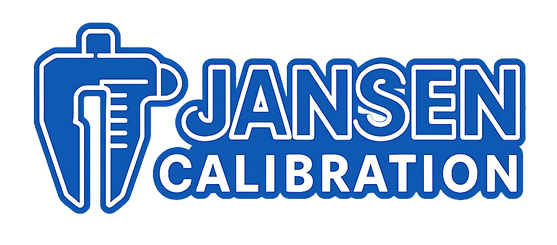No products in the cart.

In the world of precision machining, accuracy is not just desirable—it is essential. Whether you are manufacturing aerospace components, automotive parts, or high-precision medical instruments, even the smallest dimensional error can compromise quality, performance, and safety. At the heart of dimensional measurement lies one of the most fundamental tools: the gage block.
These reference standards are used to calibrate and verify a wide variety of measuring instruments such as micrometers, calipers, and dial indicators. But like any precision tool, gage blocks themselves require periodic calibration to ensure their reliability. This article explores why gage block calibration is so critical in precision machining, the process involved, and how investing in reliable calibration practices can safeguard your quality control system.
What Are Gage Blocks and Why Are They Essential?
Gage blocks, also known as Johansson blocks, are high-precision measuring standards made from steel, ceramic, or carbide. They are manufactured to an exact dimension and can be stacked together to form various lengths with extreme accuracy. Because of their stability and reliability, gage blocks are the foundation of most dimensional calibration systems.
In practice, they are used to:
Calibrate micrometers, vernier calipers, and dial indicators.
Serve as reference standards for coordinate measuring machines (CMMs).
Provide master references for production inspection tools.
Explore our full range of Dimensional Measurement Tools for high-accuracy workshop and laboratory applications.
Why Gage Block Calibration Matters in Precision Machining
1. Accuracy in Manufacturing
Precision machining often requires tolerances within microns. A miscalibrated gage block can introduce errors into every measurement it verifies, leading to defective parts and costly rework.
2. Compliance with Industry Standards
Industries such as aerospace, defense, and medical manufacturing require strict adherence to international standards (such as ISO 3650 for gage blocks). Regular calibration ensures compliance during audits and certification processes.
3. Traceability and Quality Assurance
Calibrated gage blocks establish traceability to national and international standards. This guarantees that every measurement in your workshop is backed by recognized accuracy benchmarks.
4. Longevity of Measuring Instruments
Using worn or miscalibrated gage blocks to verify instruments can shorten their lifespan. Proper calibration ensures that your micrometers, calipers, and other dimensional tools remain in optimal condition.
For related solutions, visit our guide on Dial Indicator Maintenance for Long-Term Accuracy to keep your tools in top performance.
The Gage Block Calibration Process
Calibration of gage blocks involves a series of precise steps performed in a controlled environment:
Cleaning and Inspection – Any dust, oil, or corrosion can affect dimensional accuracy, so blocks are meticulously cleaned.
Dimensional Measurement – High-precision instruments, such as interferometers or comparator systems, measure the length of the block against a known standard.
Error Determination – Deviation from nominal size is recorded, and correction factors are documented.
Certification – A calibration certificate is issued, showing traceability to international standards.
We recommend exploring calibration tools such as Multifunction Calibrators for versatile laboratory applications.
Best Practices for Maintaining Gage Blocks
Regular Calibration Intervals: Follow manufacturer or ISO-recommended intervals based on usage.
Proper Handling: Avoid dropping or sliding gage blocks, as scratches affect accuracy.
Controlled Storage: Store in a clean, temperature-controlled environment to minimize thermal expansion.
Protective Coating: Apply light oil to steel gage blocks to prevent corrosion.
For additional insight, see our comparison guide on Temperature Baths vs Dry-Well Calibrators, which explains how environmental stability plays a key role in precision calibration.
Final Thoughts
In precision machining, gage block calibration is more than routine maintenance—it is the foundation of dimensional accuracy. Regular calibration ensures that all measuring tools relying on gage blocks remain trustworthy, enabling manufacturers to maintain quality, reduce scrap, and stay compliant with global standards.
To equip your lab or workshop with reliable reference standards, explore our complete selection of Calibration Instruments and Dimensional Measurement Solutions designed for professionals who demand precision without compromise.
